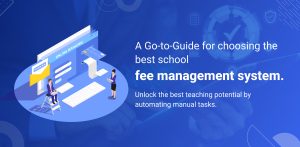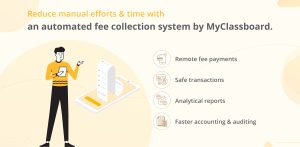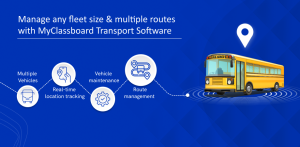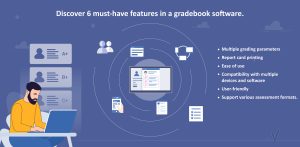A classroom can be portrayed as a room or learning space in educational institutes where classes are held and education is provided. In other words, it can be better described as a room with a group of students sitting together and listening to the lectures delivered by the teacher. This was the scenario until technology made its advent into the educational sphere, to be precise into the classrooms.
In contrast to the conventional classrooms, online classrooms are not confined to a region, time or economic status. Learners from around the globe can take part in online classroom learning at their convenience, feasibility, and flexibility. The main advantage of online classrooms is that one can learn from anywhere, at his home or during his vacation.
Online classrooms try to lay emphasis on online learning enabling and engaging students into learning with more personalisation, more support, and a powerful platform. The benefits of online classrooms, when compared to the traditional classrooms, are aplenty.
These are the unique advantages of online classrooms:
- Easy Learning: Online classrooms have changed the way we learn, teach and interpret. It has benefitted in helping the students learn, understand and absorb what they are being taught. Visual illustration through projection screens connected to computers in classrooms helps students to understand and prepare notes rather than sitting and listening to lecture.
- Easy Access to Information: Long gone are the days when teachers instructed students on information using textbooks. After tablets and laptops replaced textbooks, learning has become more interesting for students by motivating them to get intrigued and more involved in the subject. Online classrooms offer flexible learning to students from anywhere provided there is an internet access.
- Mobile Learning: Mobile learning is another module for effective learning which extends education beyond classroom walls. Mobile classroom technology connects students to other students or classrooms or teachers through skype or video conferences to share knowledge and information with each other. These online projects encourage students to collaborate, cooperate and communicate with the students all over the world.
- Student-Teacher Communication: Online classrooms help in building and developing interaction between students and teachers. This classroom technology helps students and teachers to collaborate within and outside the classrooms by allowing teachers to remain in constant touch with students.
- Digital Resources: Teaching in the digital classroom includes audio and visual education that not only guides the students but also infuses in them the knowledge required. The online library is one of the most widely used digital resource which gives information beyond class textbooks and enables learning from anywhere. Students can enhance their learning skills by using the digital resources even during the absence of teachers.
- Affordable: Information Technology in education has enabled many online courses and education based websites that gave education a different dimension altogether. Such learning is very cost-effective and offers convenient learning as the resources such as eBooks, online library, and other online resources are available at an affordable price. The eBooks are cheaper when compared to the class textbooks with much information available beyond the textbooks. Digital learning techniques prompt in better learning at affordable prices to all students.
- Distance Learning: With the introduction of online education and distance education, time and space constraints have been eliminated. Many Universities are coming forward to provide online educational programs to students all over the world; thereby there is no slot for geographical distance and time difference. Education is globalized with online education and online classrooms.
Online classrooms increase student engagement and allow them to travel around the world exploring learning without any travel expenses.











